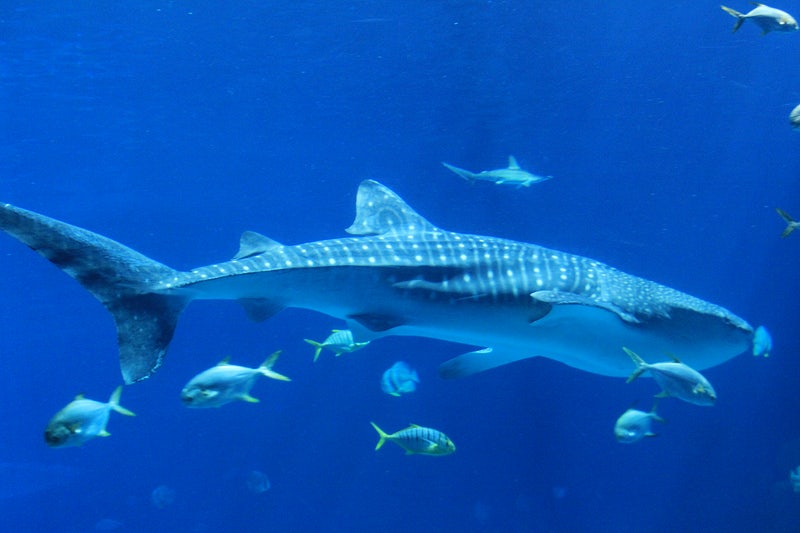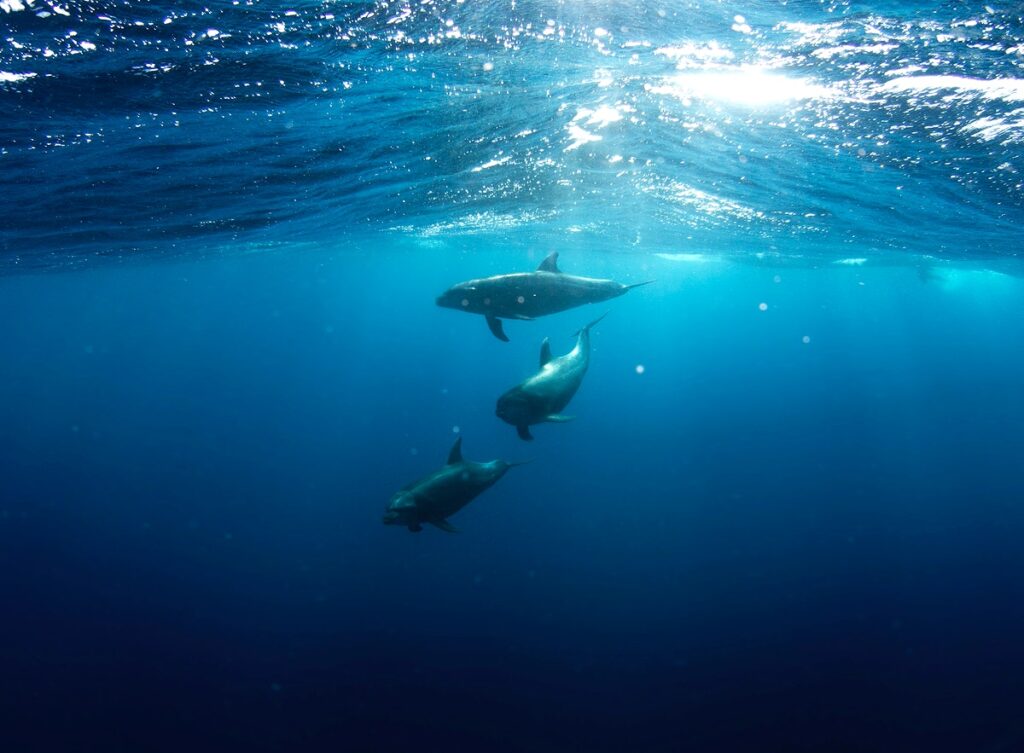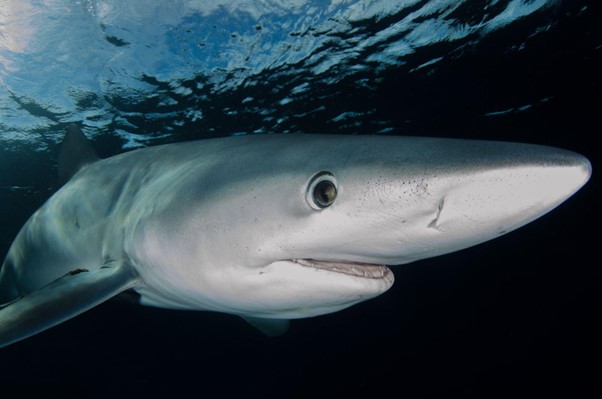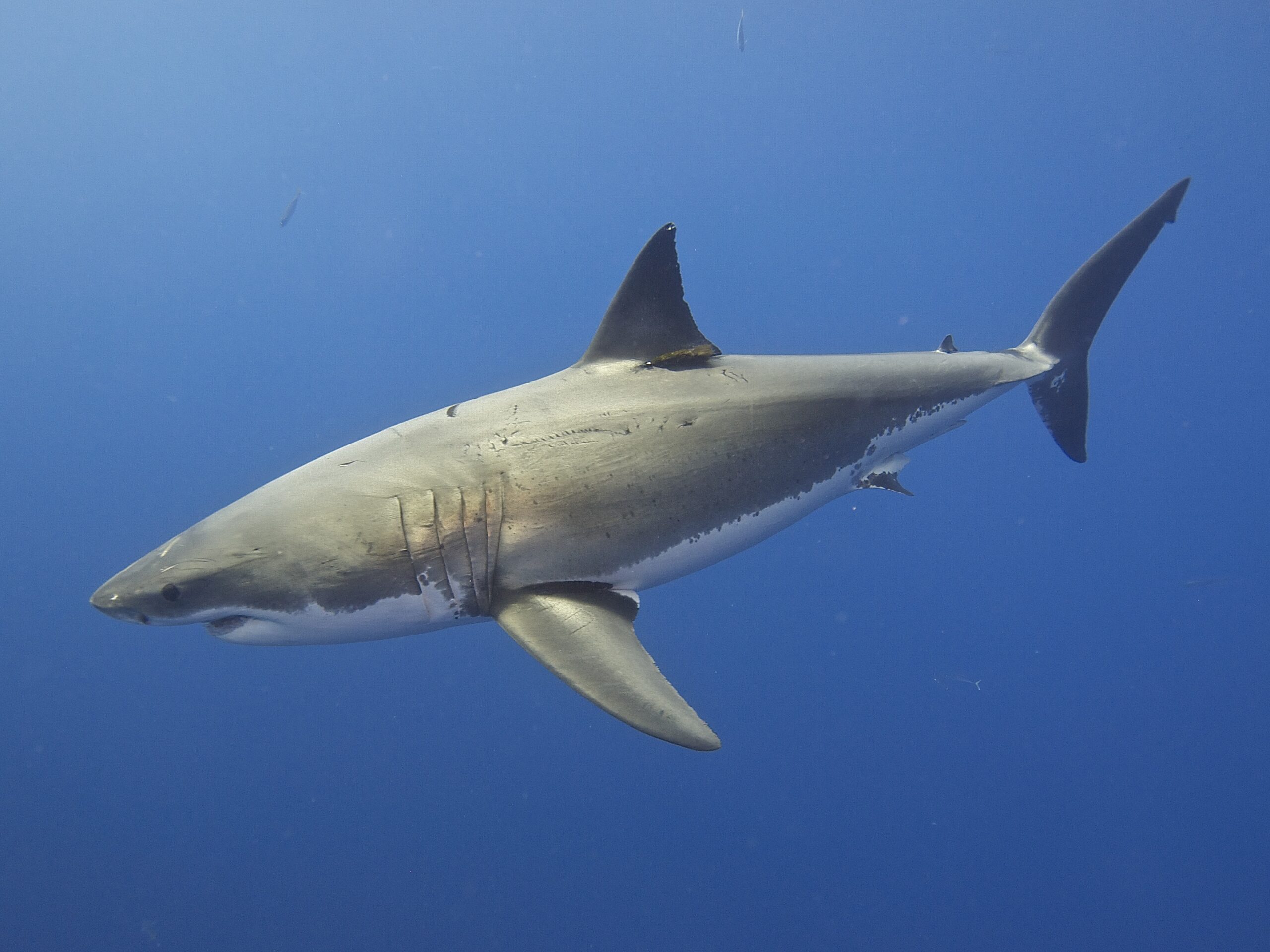For every single species existing in the world, it is extremely essential to maintain the continuity of species and save them from being endangered. The critical process of reproducing helps to attain evolution and variations among the same species. The other advantage is the increasing number of populations dominating in extreme conditions.
Shark is dominant yet a mysterious creature. Sharks play a pivotal role in keeping the balance in sustaining the ecosystem and maintaining a healthy environment for all other marine species in the vast oceans. On the other hand, the existence of sharks has a significant influence on the food chain. Because, somehow, sharks greatly influenced almost all levels of the food web pyramid, whether directly or indirectly.
Giving birth for the sake of the progression of a species can be harder, but without the mechanism of reproduction, life would be abolished completely. Sharks have adapted different ways of reproduction but reproducing and giving birth to a young individual is an extremely critical process for sharks. Let’s gather some knowledge about how sharks give birth.
Different Ways of Giving Birth
There is a variety of procedures that sharks have adapted over the course of time, which includes laying eggs (Oviparity), giving birth to live individuals (Viviparity), and laying eggs that hatch inside the female body (Ovoviviparity); this is the combination of Oviparity and Viviparity. There are more than 400 shark species that have adapted one of these three ways of reproduction.
Do Sharks lay an egg?
About one-third of shark species are oviparous, which means that they give birth by laying eggs. Their eggs are covered up by a solid capsule which is sometimes referred to as Mermaid’s purse or Devil’s purse. It contains the developing animal along with the yolk sac. This egg acts as a lifeline for the developing individual because it survives on the nutrition this capsule contains.
Mostly, there is a single embryo per egg, but in some species, the capsule carries more than one embryo inside it. It takes a very prolonged period for hatching, almost about 8 to 9 months. Their mothers ensure their safety by depositing them into the seabed, coral reef, or even seaweed so that before converting into a miniature form of adult, they can be protected from all marine predators. Check out the name of the species laying eggs.
Some species of shark lay a large spiral-shaped egg which is unique from others. Moreover, the mermaid’s purse has some tentacles named tendrils which help them to get fixed on to their future homes, where the embryo develops into a miniature shark.
Do Sharks Give Birth to Live Young?
Viviparity is the most advanced method of giving birth. Most of the shark species are viviparous, which means they give birth to their young ones just like mammals do. The miniature form of sharks develops inside the womb of their mothers, which nourishes them with nutrients with the aid of the umbilical cord and placenta until they are ready to be born. This is the reason why they are known as Placental Sharks.
In some species of placental sharks, the mother secretes uterine milk that ensures extra nourishment to the embryo. They have an astonishingly long gestation period of about 6 months to almost 2 years, varying from species to species. Another fascinating fact about sharks is that they give rise to nearly 2 to 300 litters.
With that long gestation period, baby sharks live off of the placenta and take extra nutrients from them along with uterine milk. Therefore, they are bigger in size and length than most oviparous and ovoviviparous sharks. They also differ from them by means of strength. The tendency of many sharks to supply extra nutrients to their pups makes them sturdy enough to live on their own. That’s the reason why they give birth to their living pups directly in the shallow ocean.
Are Sharks Ovoviviparous?
According to a rough estimation, about one-third of shark species are ovoviviparous. It is primarily the combination of the first two methods of reproduction. This type of reproduction requires the hatching of an egg inside the body of the female. In the beginning, the females give rise to eggs but never lay them outside of their bodies. In contrast, the eggs hatch internally and start developing until they are ready to be born.
In the first stage of development, when the embryo is inside the egg, the egg yolk supplies nutrients to the embryo for its nourishment. Whereas at the later part of fetal life, when the egg gets hatched, it continues to survive in the womb by means of getting nourishment which includes uterine milk and some other nourishing fluid from the lining of the uterus. Although these species of sharks get their nutrients from the lining of the uterus, there is no direct contact between them. That’s why they are known as Aplacental Sharks.
Ovoviviparous sharks, which require extra nutrients for surviving in the big wide world of the ocean, get their additional aliment by means of ingesting other embryos as well as unfertilized eggs present in the female uterus. This type of nutrition is known as intrauterine cannibalism. After this, they emerge as healthier and stronger hatchlings that are hard to be preyed upon.
Conclusion
Increasing the number of individuals and developing them into a separate entities is extremely significant to survive in the race of life. Sharks are indispensable in maintaining the equilibrium in the ecosystem. Like all other species, Sharks are also in dire need of increasing their population because every day, tens of millions of sharks are getting caught and killed. Through 3 different ways, sharks swim into the world including Oviparity, Viviparity, and Ovoviviparity.







